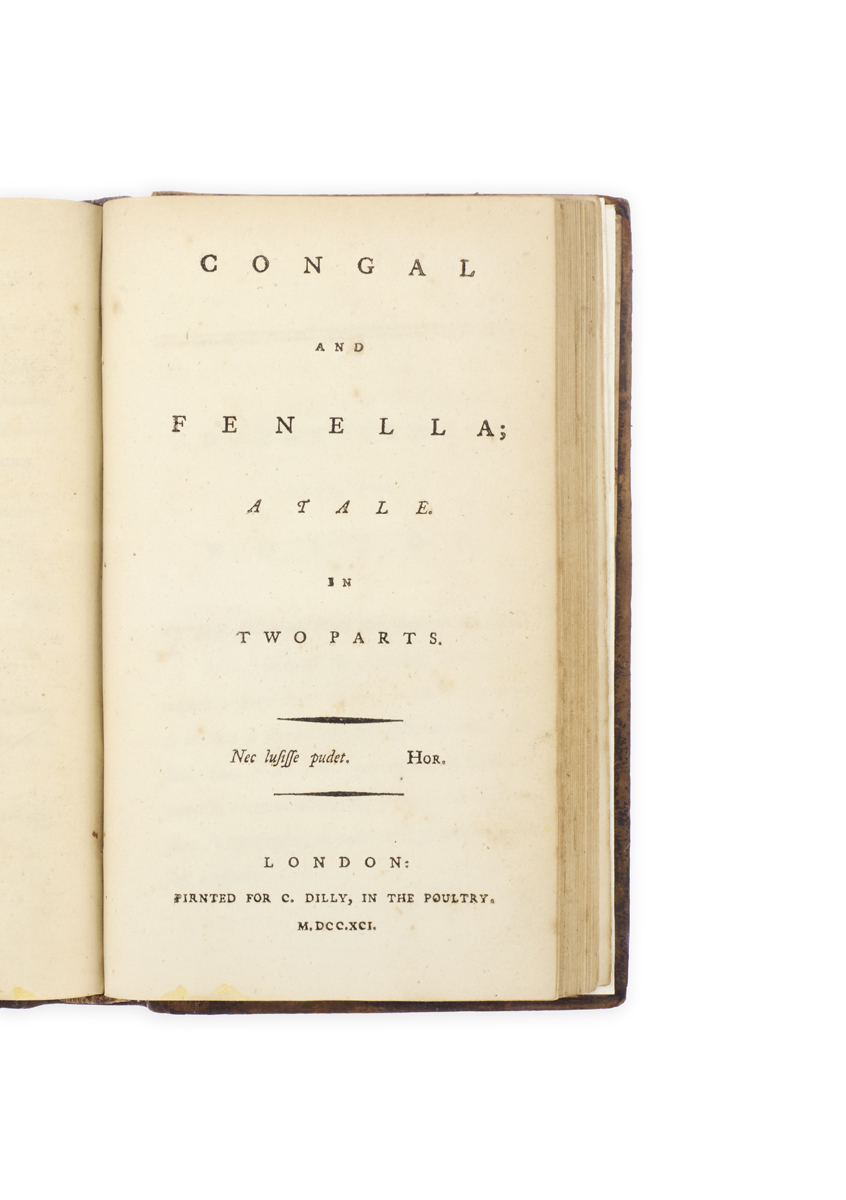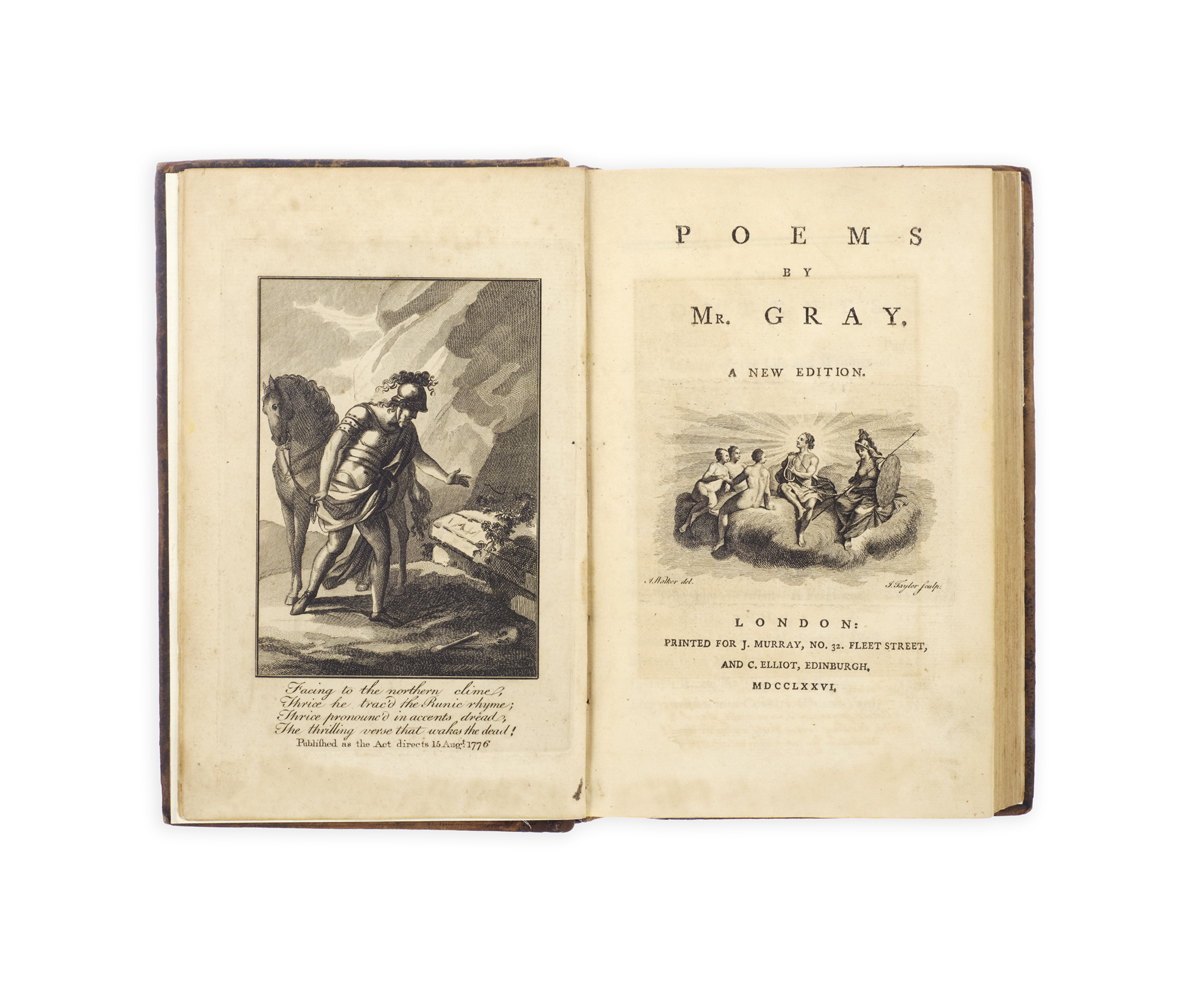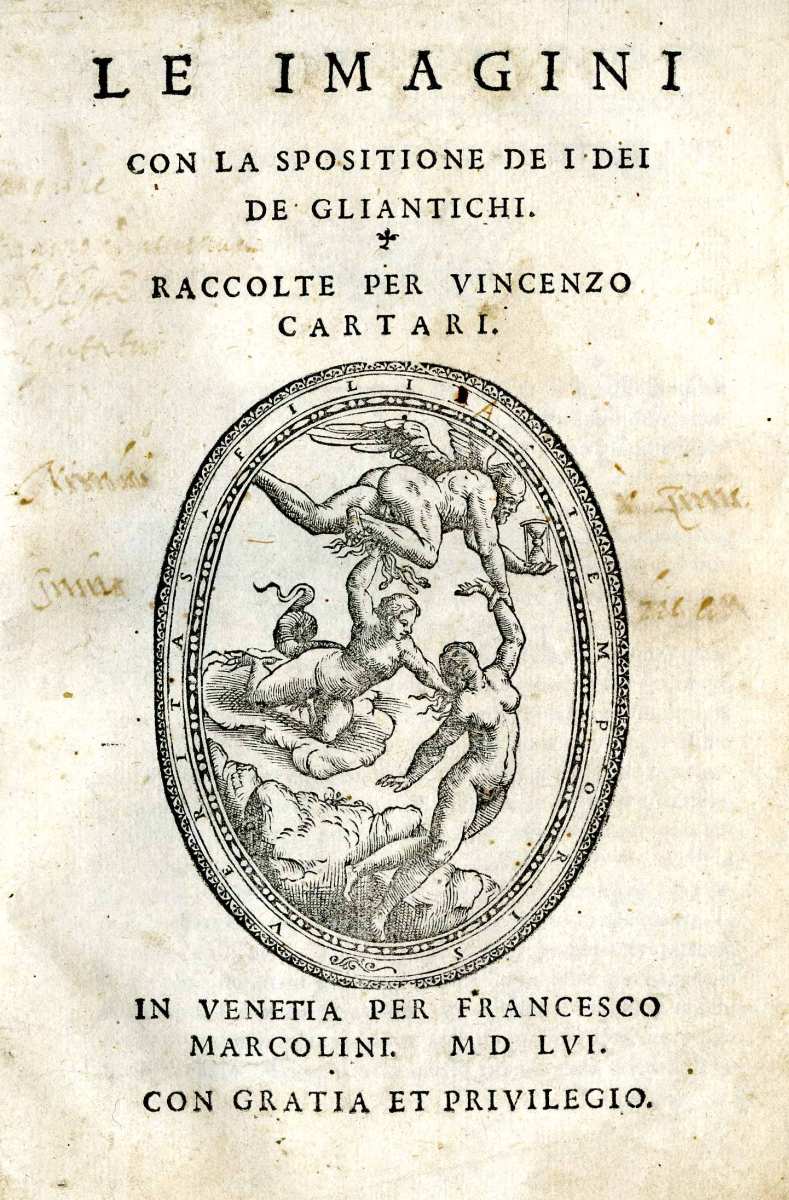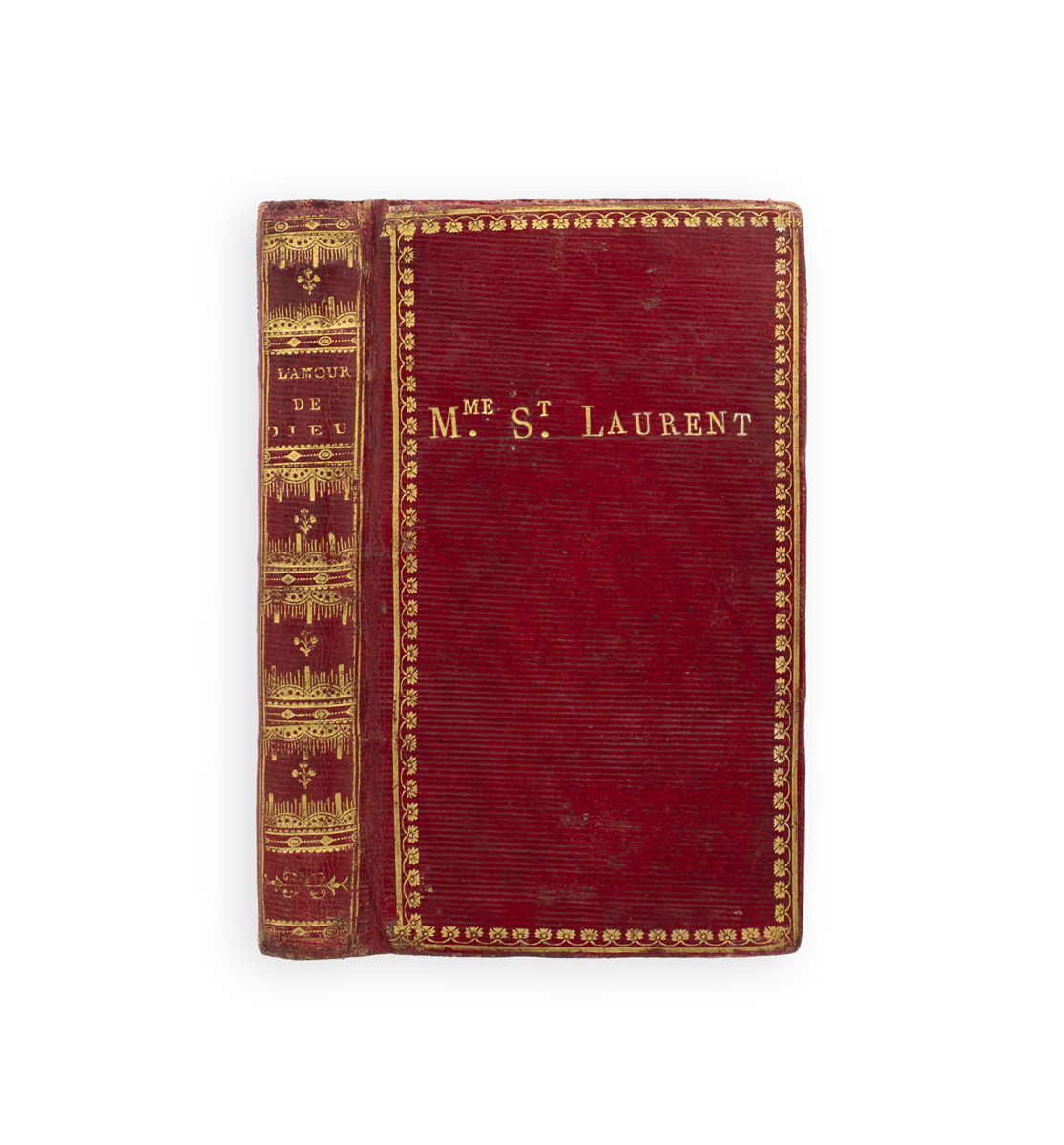

SCOTTISH, WELSH, AND OLD NORSE
[JAMIESON, John.]
Congal and Fenella; A Tale in Two Parts.
London, C. Dilly, 1791.
[bound after:]
GRAY, [Thomas]. Poems … A new Edition. London, J. Murray, and Edinburgh, C. Elliot, 1776.
Two works in one vol., 8vo, pp. Jamieson: iv, 68, Gray: [2 (half-title)], xviii, [19]-146, with copper-engraved frontispiece; copper-engraved vignette to title of Gray; some light browning and marginal offsetting to first and final leaves; overall very good copies in contemporary tree-patterned calf, evidence of earlier stab-stitching to inner margin of Jamieson; rebacked, endpapers renewed, extremities worn; ink ownership inscription ‘Elizth Bonar / 10th July 1798’.
First and only edition of Jamieson’s Scottish epic, bound with an early edition of Gray’s Poems.
Best known for his pioneering Etymological Dictionary of the Scottish Language, the Glasgow-born antiquary and philologist John Jamieson (1759–1838) here turns to ‘the usurpation of Macbeth, well-known by the immortal pen of Shakespeare … It is an episode in that history, and the scene is placed on the classic banks of the Spey, in Scotland’ (p. iv). Sir Walter Scott considered Jamieson ‘an excellent good man and full of auld Scottish cracks’ (quoted in ODNB).
The work is here bound with an early edition of Gray’s Poems, including his highly influential ‘Elegy written in a Country Churchyard’, one of the most widely quoted poems of the eighteenth century. The poems are here joined by ‘A Short Account of the Life and Writings of Mr Gray’, added after the poet’s death by his friend and literary executor William Mason, who ‘added poems Gray had chosen not to print, and constructed the memoirs from selected letters, linked where necessary with brief passages of narrative’ (ODNB).
Included among Gray’s poems are ‘two translations from Old Norse, “The Fatal Sisters” and “The Descent of Odin”, and one from Welsh, “The Triumphs of Owen”, all probably dating from 1761, when his enthusiasm for James Macpherson’s Ossianic productions temporarily revived his interest in the prehistory of English poetry’ (ibid.). The frontispiece depicts the Old Norse god of Gray’s ode on Odin, pronouncing ‘in accents dread, / The thrilling verse that wakes the Dead’.

